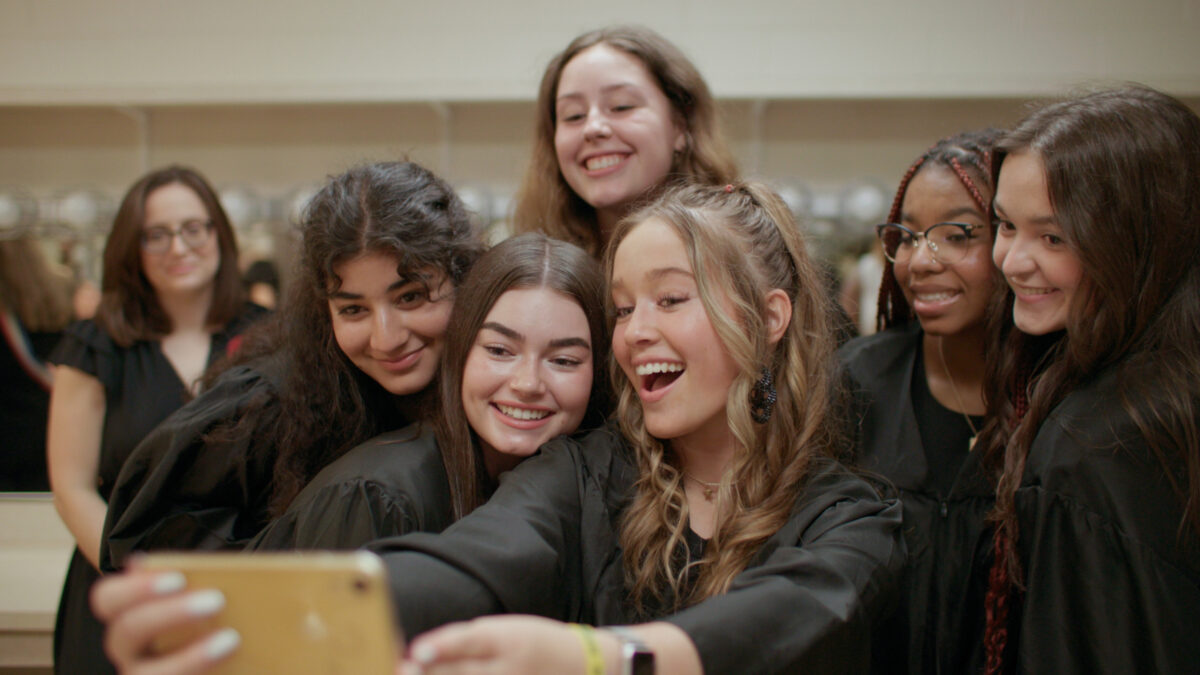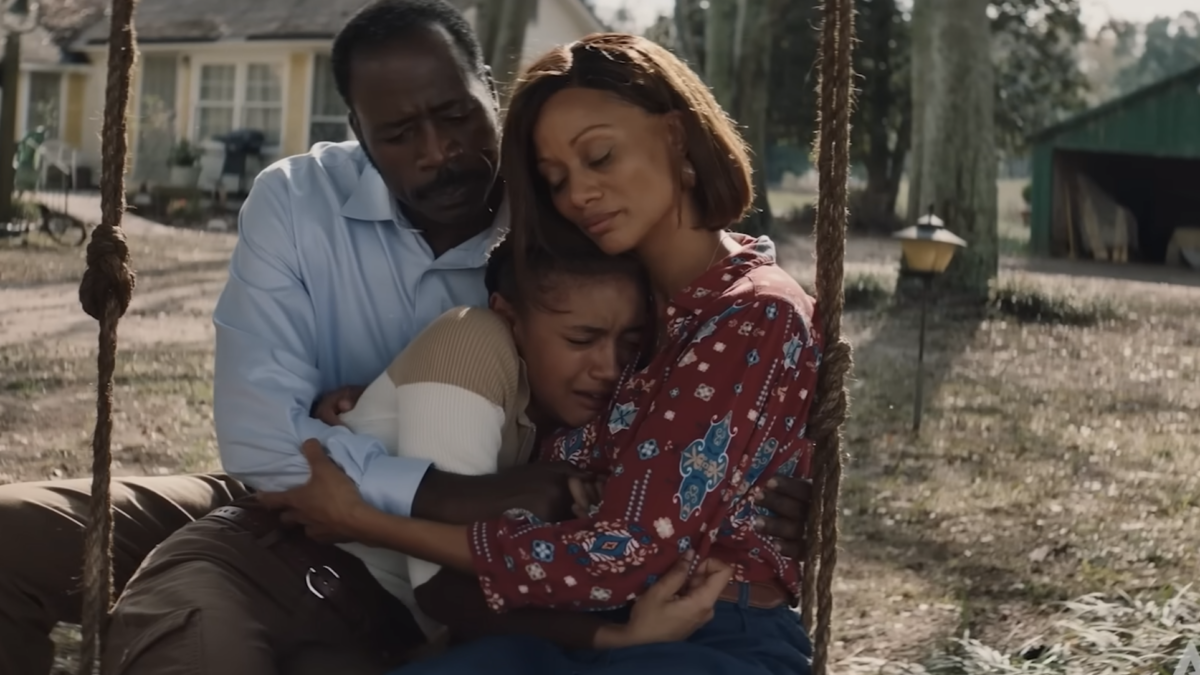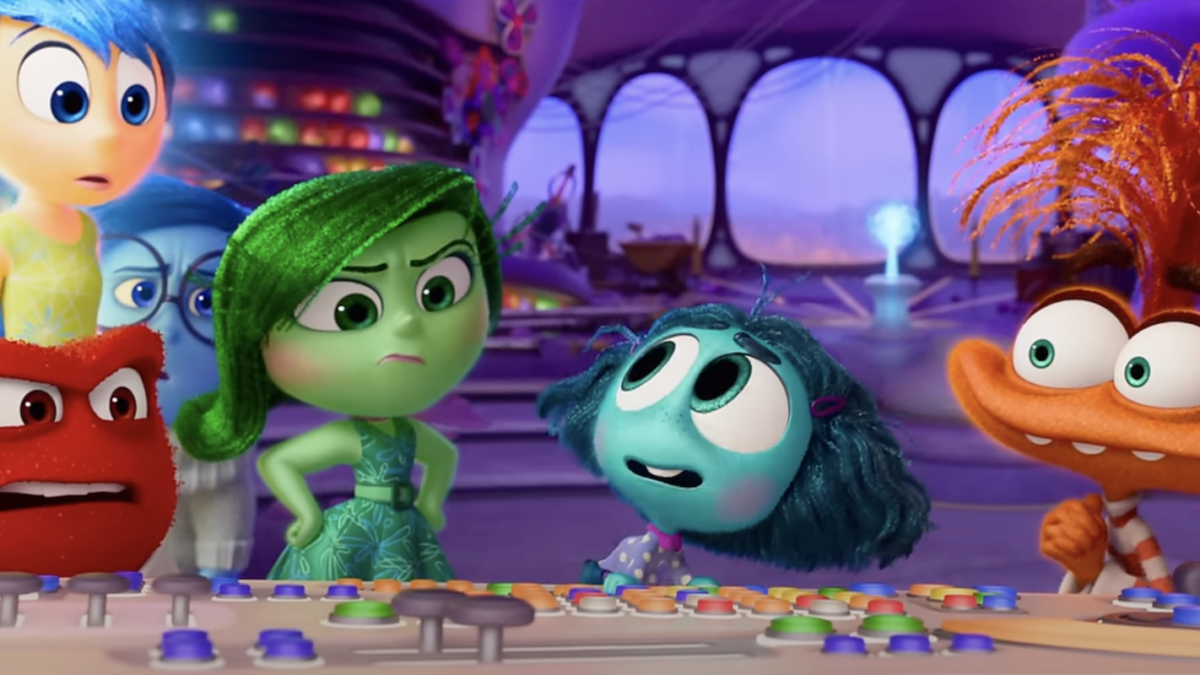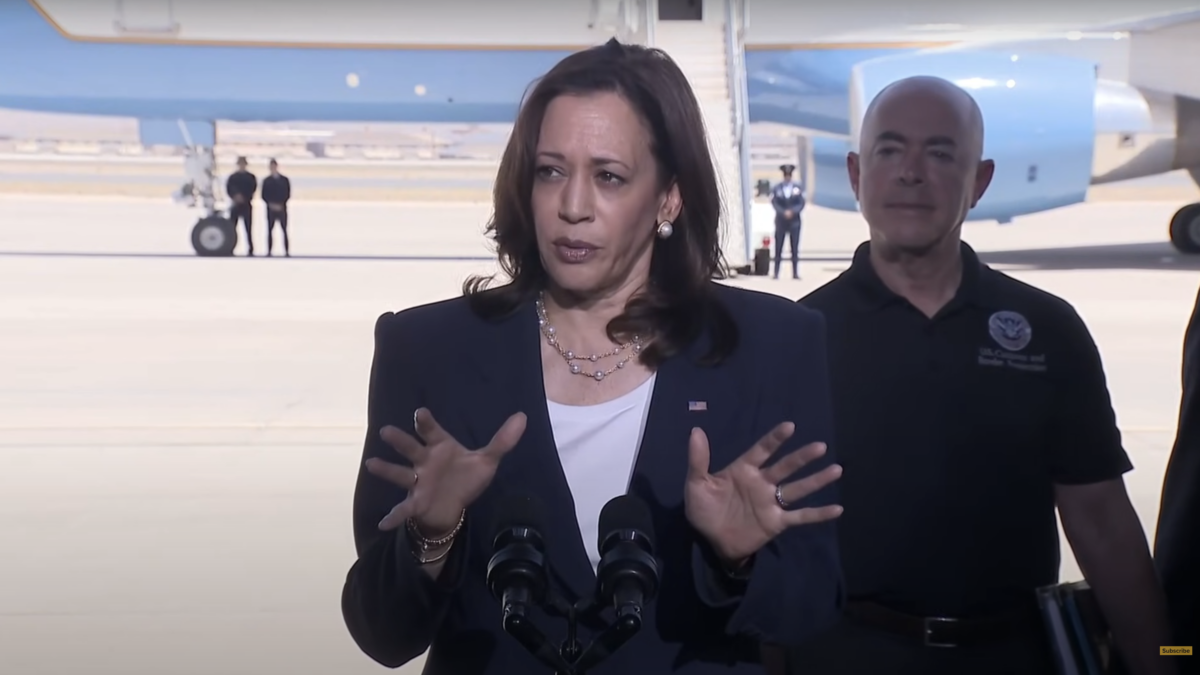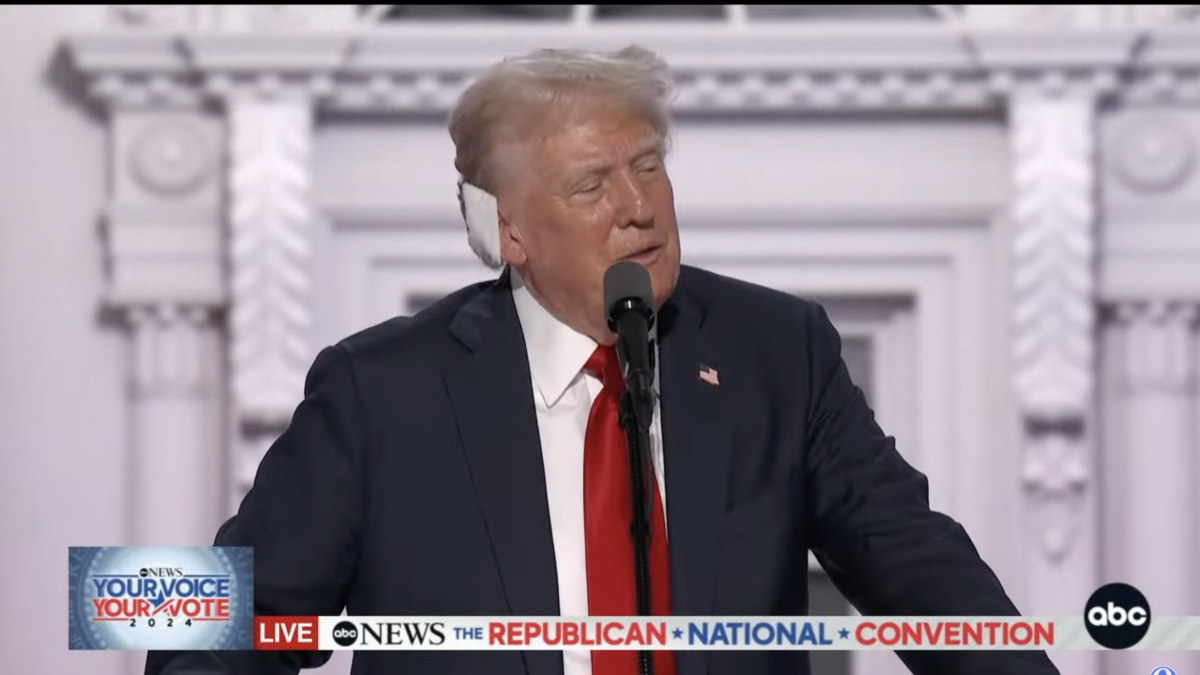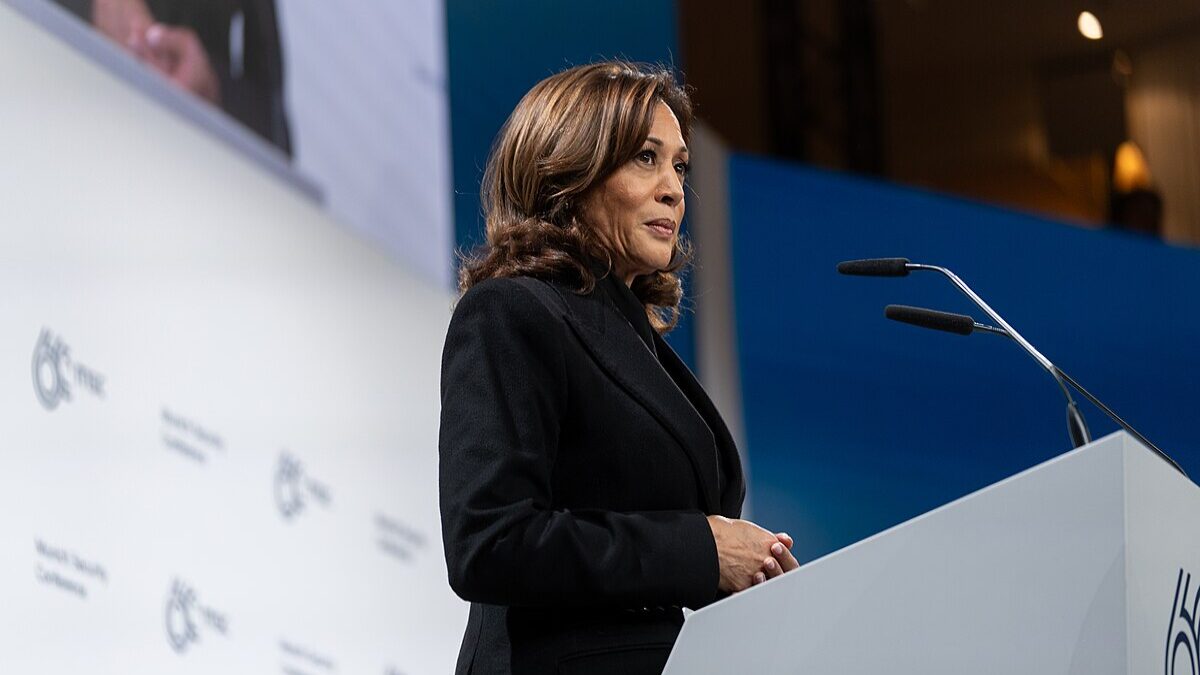Girls and Boys State, put on by The American Legion, are annual meetings that give high school students the opportunity to practice government through mock debates, campaigns, and elections. Students assume political offices, decide cases, and represent the beliefs of their not-quite-old-enough-to-vote-yet high school peers. Each state holds an annual Girls and Boys State, and they are typically held separately.
While these events were once earnest exercises in civics education, a new Apple TV documentary titled “Girls State” suggests that these events may not survive the present assault on traditional American values. To wit, the winning governor of the 2022 Missouri Girls State won on the platform: “Be prideful, be selfish, and vote Cecelia.”
Her platform was essentially women have to think of themselves because the men are not going to. Basically, in the words of one of the girls there, Emily Glasgow, Cecelia ran on an unbeatable platform: a feminist manifesto.
What was the great inequality that propelled these girls to unite under such a slogan? Stricter dress codes and a buddy system that their counterpart at Boys State did not have to adhere to. So while these girls lamented these grave injustices, the boys were discussing policy, albeit with its own issues, but policy nonetheless.
After Apple TV’s “Boys State” documentary dropped in 2020, it was only a matter of time before Mile End Films shot the natural sequel, “Girls State.” When Missouri held Girls and Boys States concurrently for the first time at Lindenwood University in 2022, it gave filmmakers the perfect opportunity.
“Boys State” is interesting and worth a watch, although audiences should be prepared for frustrating narrative choices and framing. It followed a mostly conservative group of boys and their conversations that were largely responses to the contentious politics in the era of the Trump administration. Despite the consistent and reductive choice to depict conservative boys as unserious and pandering, “Boys State” shows glimpses of the influences of tabloid-esque political journalism on the generations who do not know a world without it.
While “Girls State” managed to avoid many of the same reductionist pitfalls as “Boys State,” in trying to paint a unified struggle concerning womanhood, it missed out on any of the more substantive conversations of the previous film.
Unlike its predecessor, “Girls State” did not really seem interested in painting heroes and villains and managed to focus on the unification of girls from disparate sides of the political spectrum. For the first 30 minutes of the documentary, girls were shown making bracelets and posters, decorating cupcakes, and complaining about the dress code.
The conference seemed to lean to the left, with environmental policy and mental health being labeled as bipartisan issues. One of the few conservative Christians at the conference, Emily Worthmore, was painted as a “good human being,” in the words of the far more progressive Maddie Rowan. Worthmore was interested in hearing people out and forming genuine relationships.
The major theme of “Girls State” subsequently ended up being friendship and the strong bonds of womanhood that unite women from all sides of the aisle.
This happened at the expense of any of the substantive conversations about policy that we got to witness in “Boys State.” The documentary featured a single policy discussion in which the Girls State Supreme Court decided on an issue concerning abortion, where they ruled that forcing women to go to counseling before undergoing an abortion violates their right to privacy. Every other political discussion existed in the context of not being equal to the boys over at Boys State, and not having the same serious conversations as they did.
The only person with any thoughtful contributions to this was Worthmore. Talking about growing up in a conservative house, she said she had never been told she couldn’t do anything because she was a woman. That said, she stood out as one of the few voices expressing frustration over the absence of genuine conversation. She explained that instead of being empowering, such conversations reinforced the notion that womanhood is a disadvantage.
Whether it was the fault of the students or the editing team, it became clear that conversations about gender inequality amid no real evidence of gender inequality only inhibited the girls’ ability to focus on having real policy conversations. Dress codes and differences in funding ended up looking awfully juvenile in light of the seriousness of the debates and aims of the “Boys State” documentary, which obviously was not perfect, but at least there was real consideration surrounding the topics of policy and partisanship.
The scarier reality that crystallized in both these films, more so “Boys State” than “Girls State,” was how the saturated 24-hour news cycle with narratives of leftist heroes and conservative villains has rendered the up-and-coming generation incapable of thinking beyond it. The conversations in both films, in content and form, were largely just regurgitated content from the past four years of tweets, news clips, and infographics.
Through “Girls State” specifically, it became clear that the consumerism brain rot of Instagram models and “it-girls” may even be hindering the ability of young women to engage in substantive conversations about the differences, similarities, and any actual injustices found in comparing them to their male counterparts.
Two documentaries later and four years in the making, Mile End Films provided a picture of what happens when a bunch of kids who don’t know much about nature or the aim of politics gather together and try to engage in the art of governing. Turns out, it actually ends up looking a lot like what politicians are doing right now — governance without a rich understanding of our nation’s founding and in pursuit of nothing beyond the self-interest of people who are confused about who they are and what they should believe.
